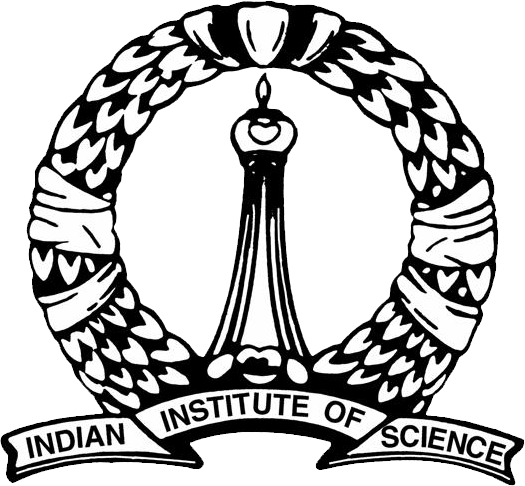a Energy & Wetlands Research Group, Center for Ecological Sciences [CES],
b Centre for infrastructure, Sustainable Transportation and Urban Planning [CiSTUP], c Centre for Sustainable Technologies (astra), Indian Institute of Science, Bangalore – 560012, India. d Lab of Spatial Informatics, IIIT-H, Hyderabad, India *Email: tvr@iisc.ac.in; settur@ces.iisc.ac.in
|

